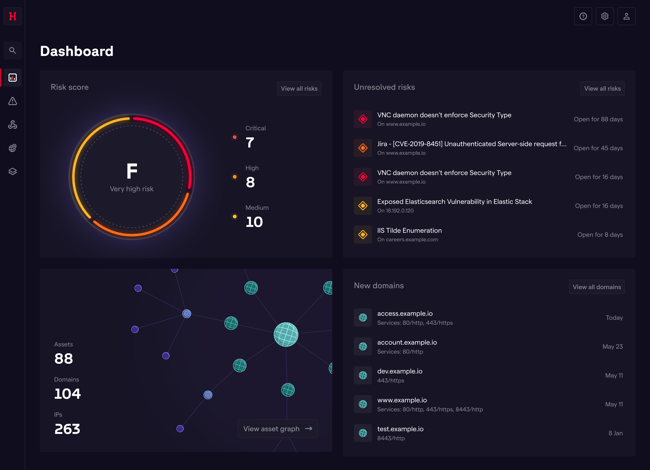Knowledge Base
Cross-Site Scripting (XSS) Vulnerability
Description
Cross-Site Scripting (XSS) is a pervasive and critical web security vulnerability that arises when a web application doesn't properly validate or sanitize user inputs, allowing malicious scripts, usually in the form of JavaScript, to be injected into web pages. These injected scripts execute in the context of other users' browsers, potentially compromising their data, sessions, or even the integrity of the entire website. XSS comes in various forms, including stored, reflected, and DOM-based, making it a versatile and dangerous threat.
Impact
The impact of XSS can be devastating. Attackers can leverage it to steal sensitive user information, such as login credentials or personal data, leading to identity theft or unauthorized account access. Session hijacking is another consequence, enabling attackers to impersonate users, potentially causing financial and reputational harm to the affected organization. Additionally, XSS attacks can deface websites, distribute malware to users, and damage an organization's reputation, resulting in loss of trust among customers.
Remediation Tips
Mitigating XSS requires a comprehensive and proactive approach:
-
Input Validation and Sanitization: Ensure that all user inputs, including form fields, URL parameters, and cookies, are rigorously validated and sanitized on both the client and server sides. Use security libraries and functions designed for input sanitization, like PHP's
htmlspecialchars()or JavaScript'sDOMPurify.Example in PHP:
$userInput = $_POST['userInput'];
$sanitizedInput = htmlspecialchars($userInput, ENT_QUOTES, 'UTF-8');Example in JavaScript:
const userInput = "<script>alert('XSS attack!');</script>";
const sanitizedInput = DOMPurify.sanitize(userInput);
document.getElementById("output").innerHTML = sanitizedInput; -
Content Security Policy (CSP): Implement a robust CSP that specifies which sources of content are allowed to be executed. This helps prevent unauthorized scripts from running.
-
Escape User-Generated Content: Always escape user-generated content before rendering it in web pages. This ensures that the content is treated as data, not code.
By diligently following these remediation tips and incorporating secure coding practices into your web development process, you can significantly reduce the risk of XSS vulnerabilities in your web applications, safeguarding both user data and your organization's reputation.



